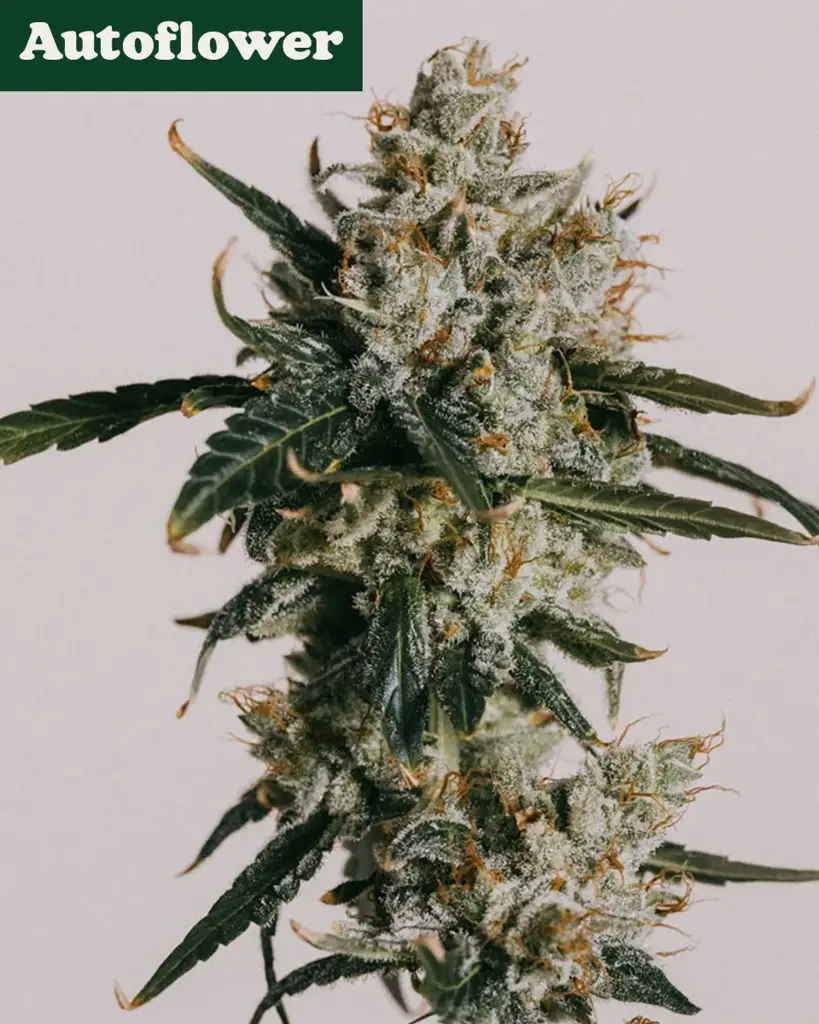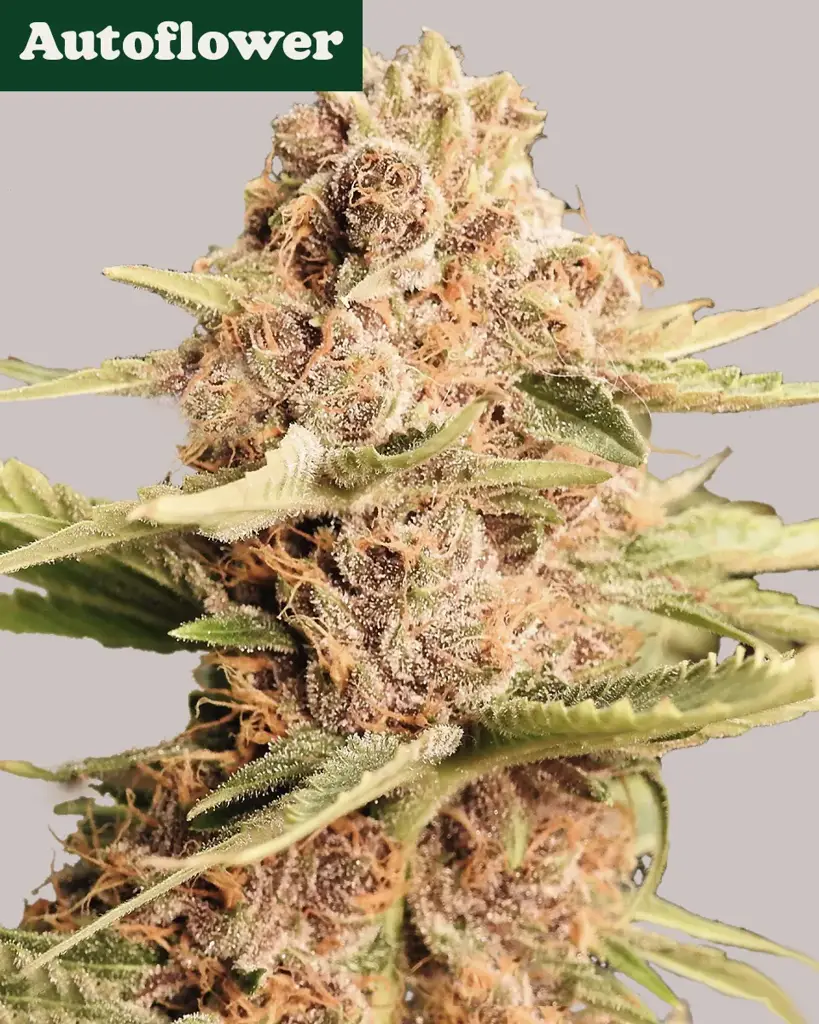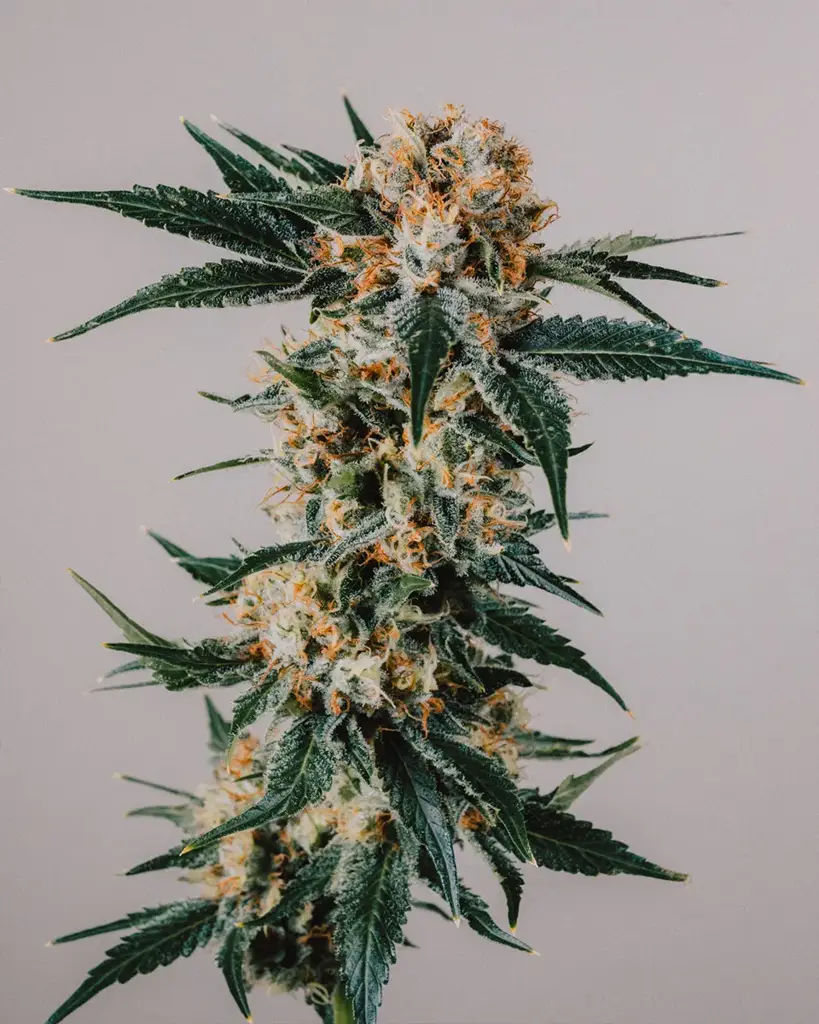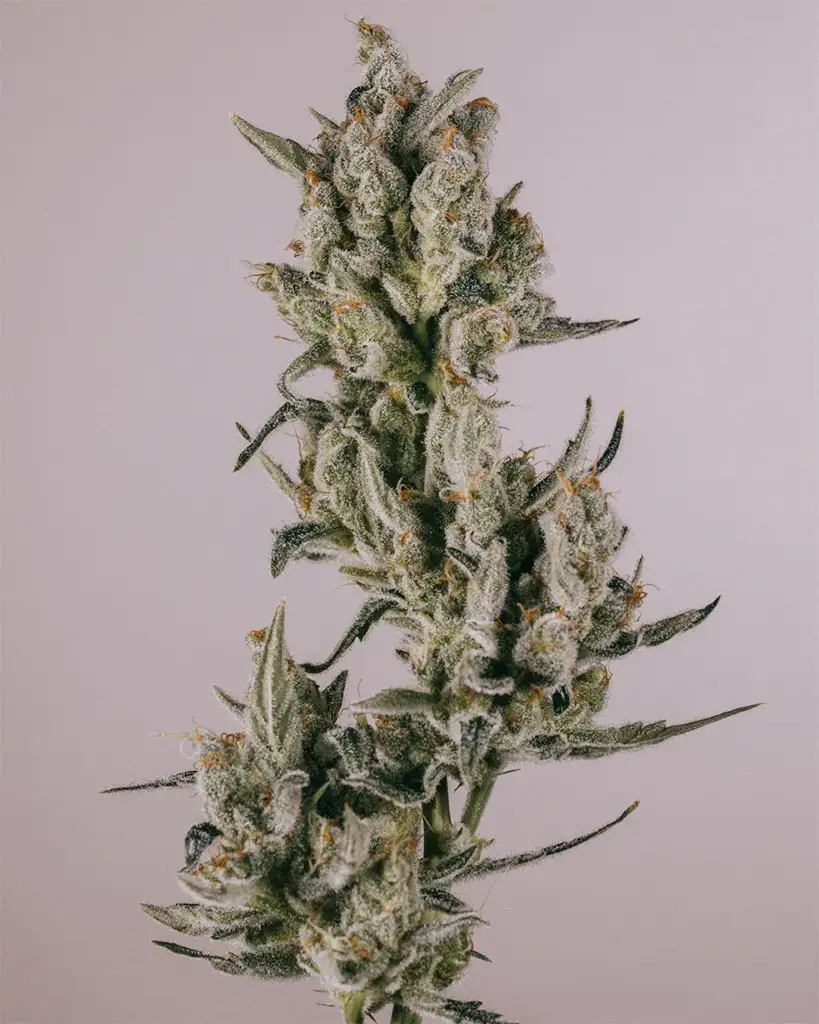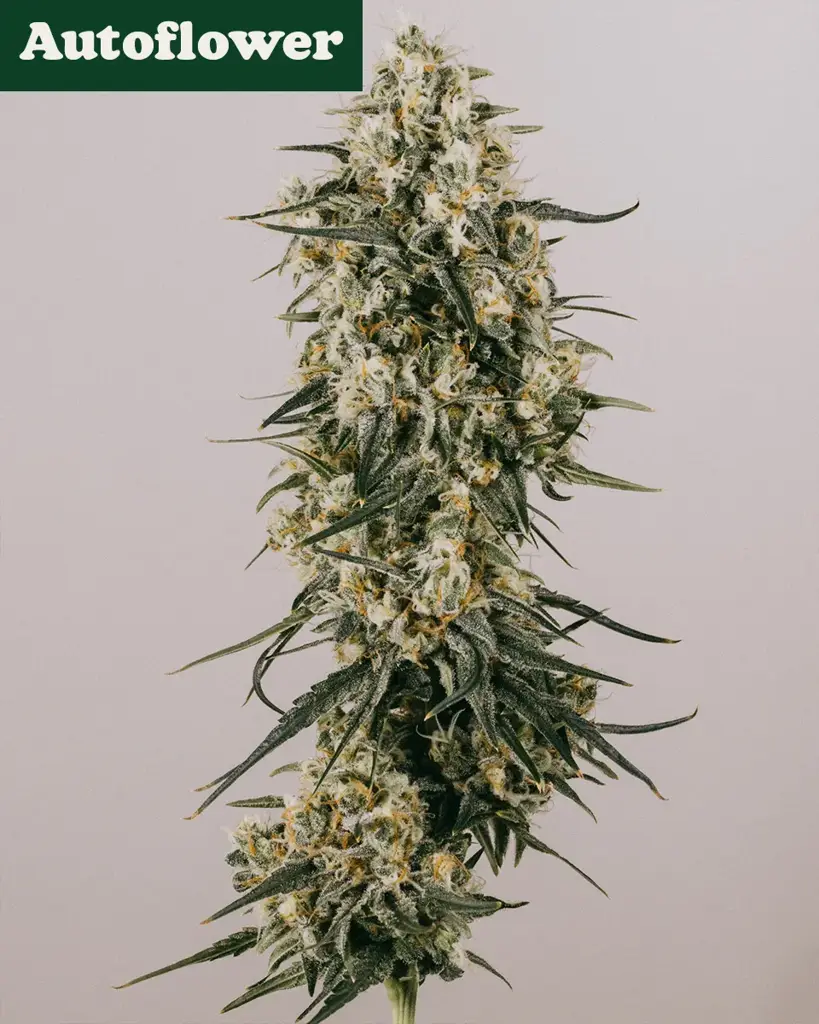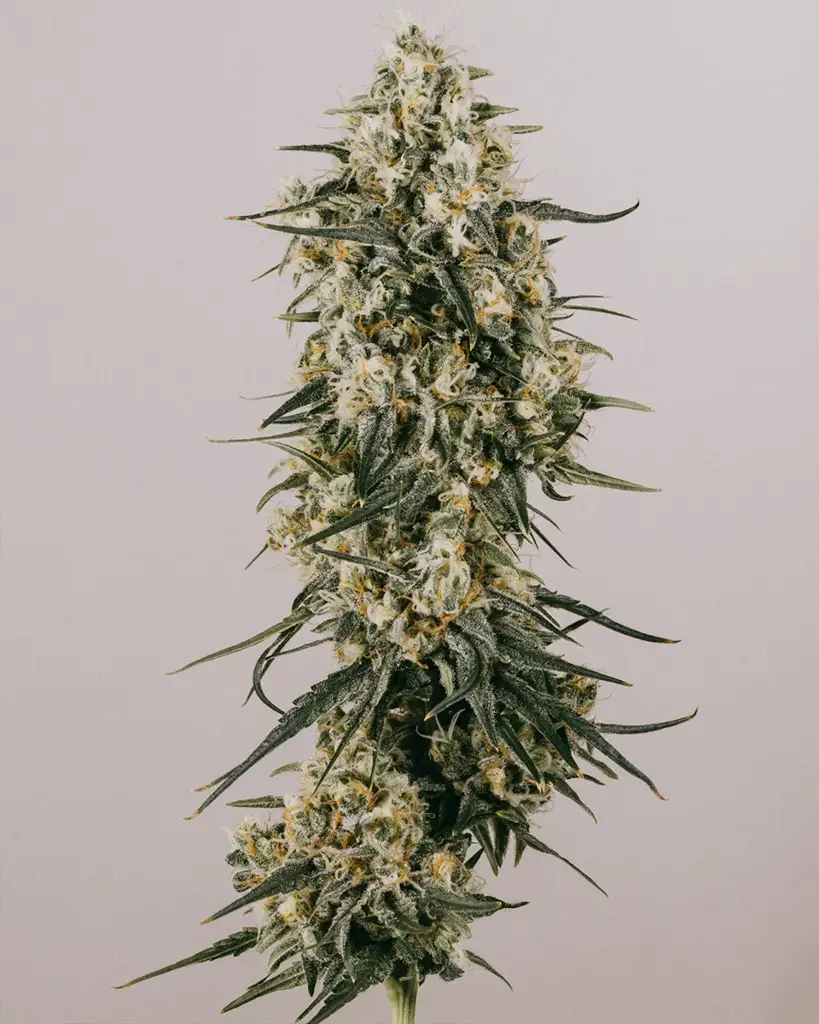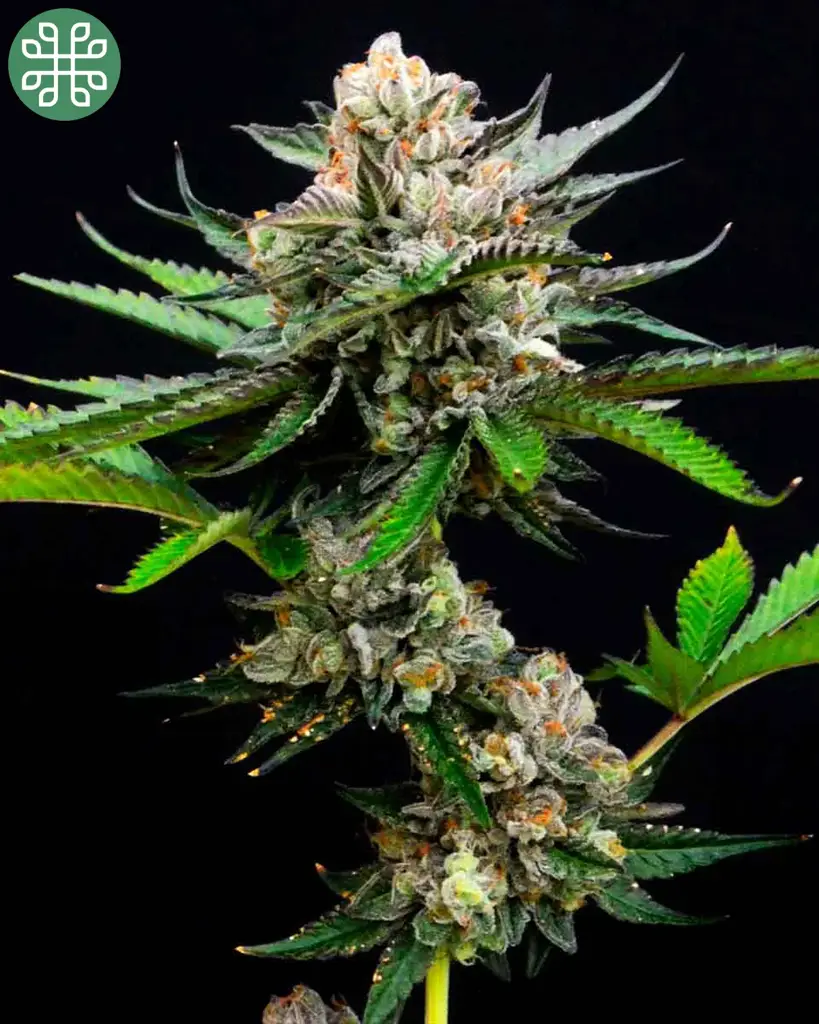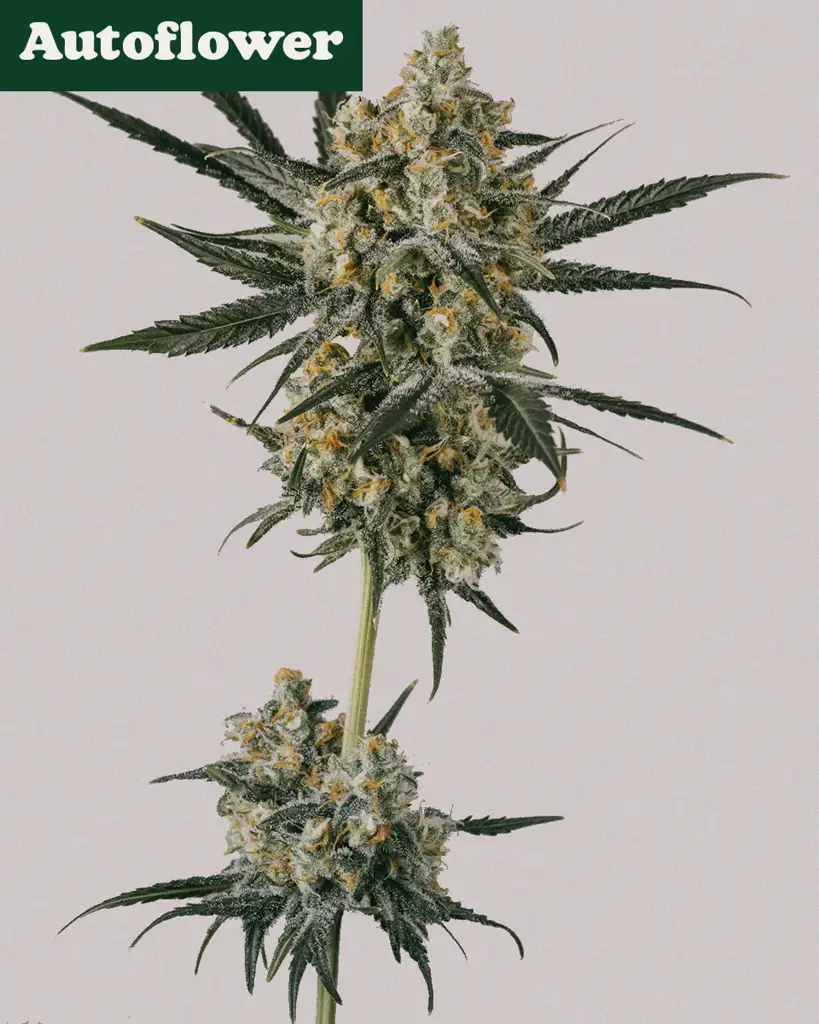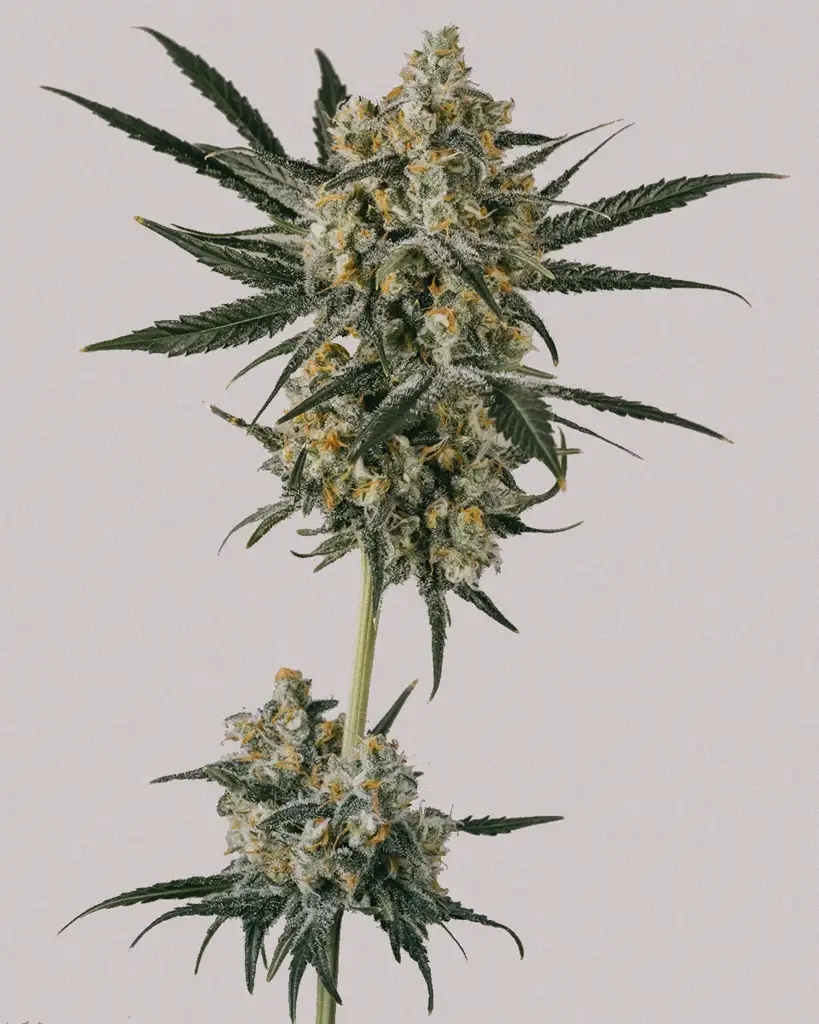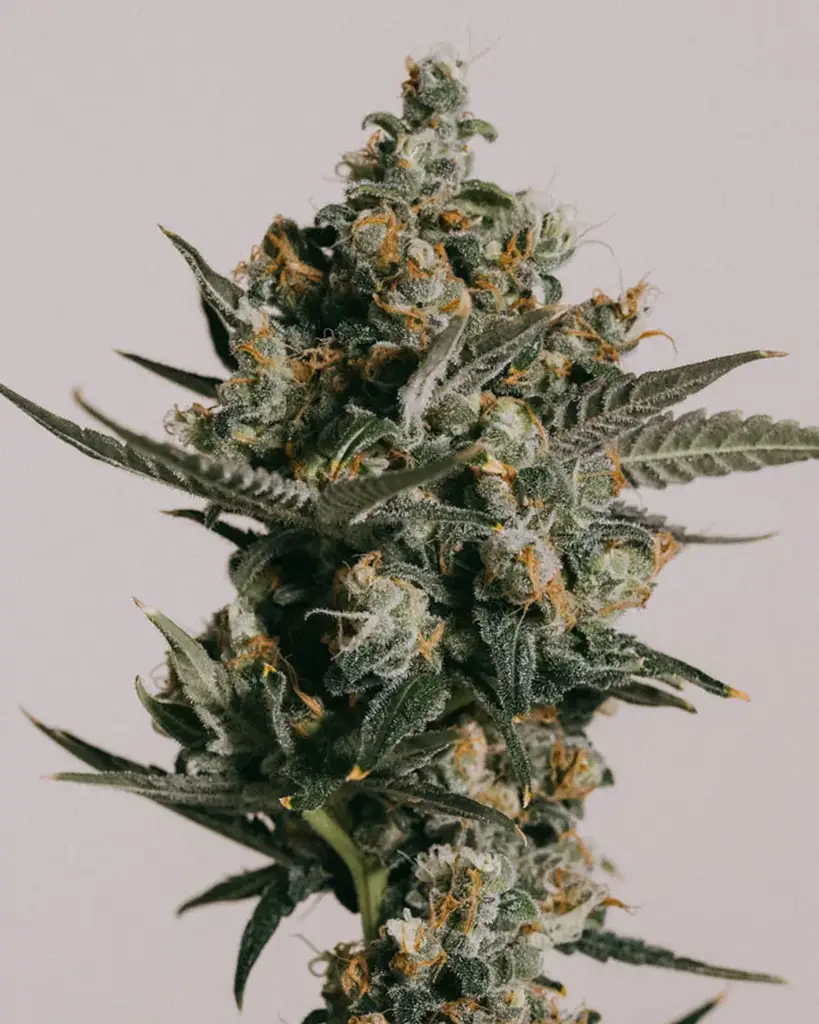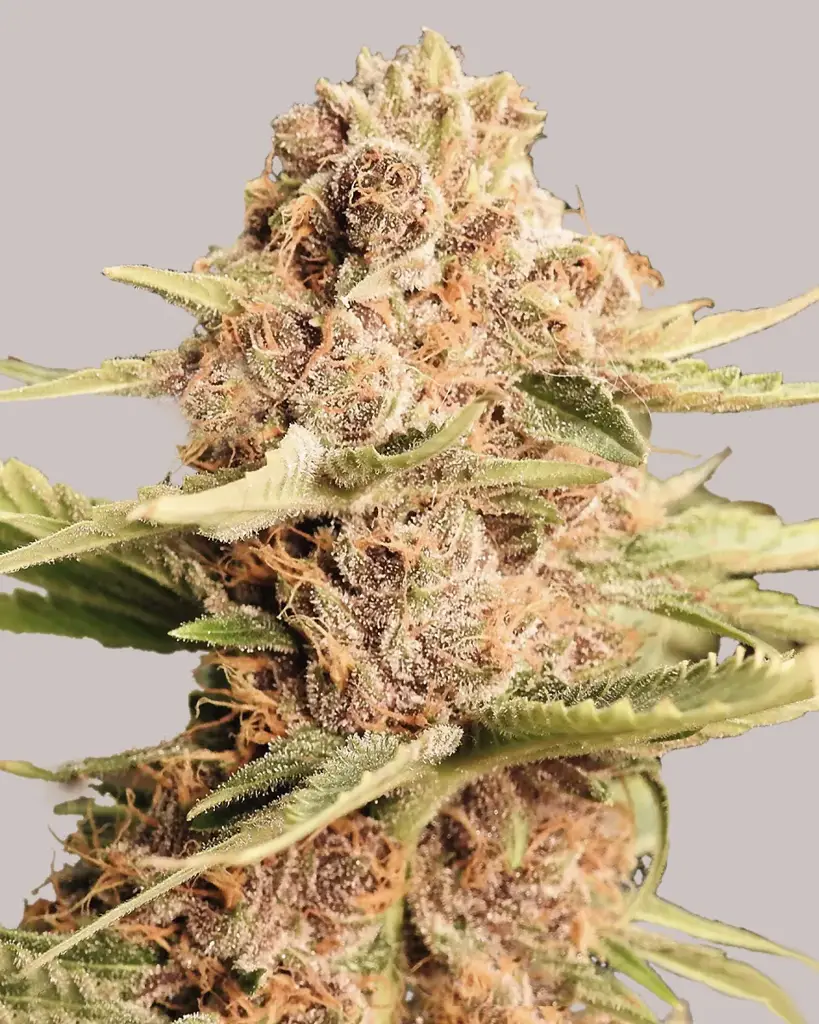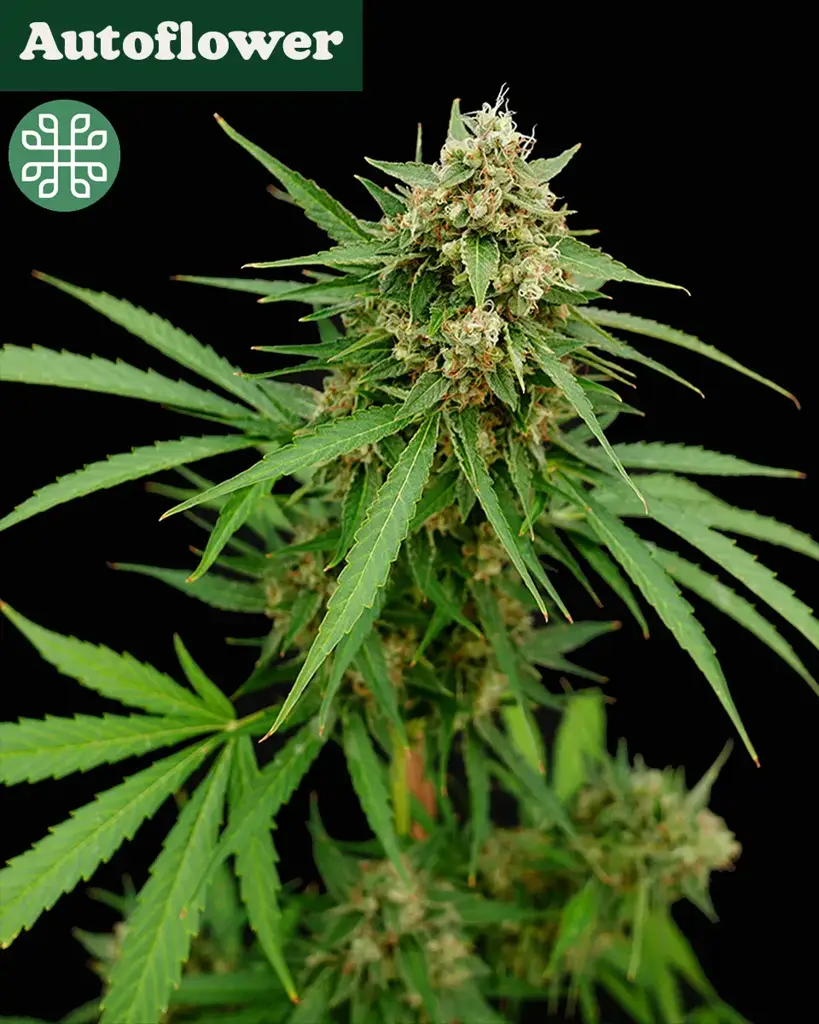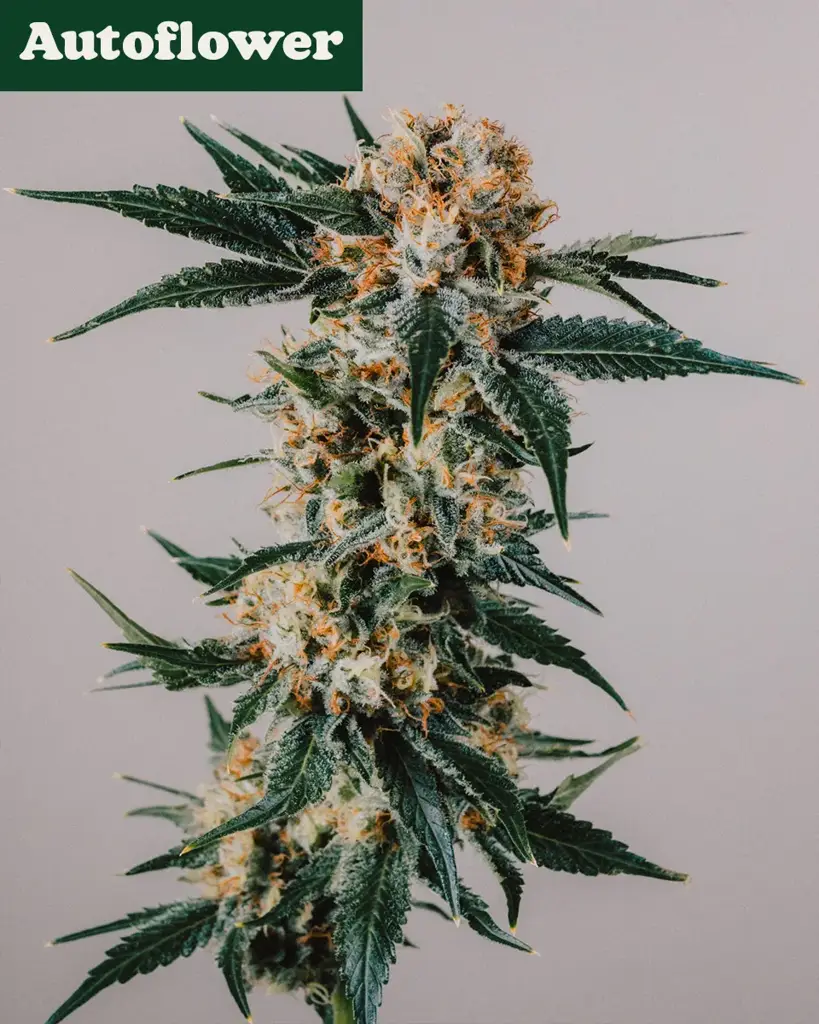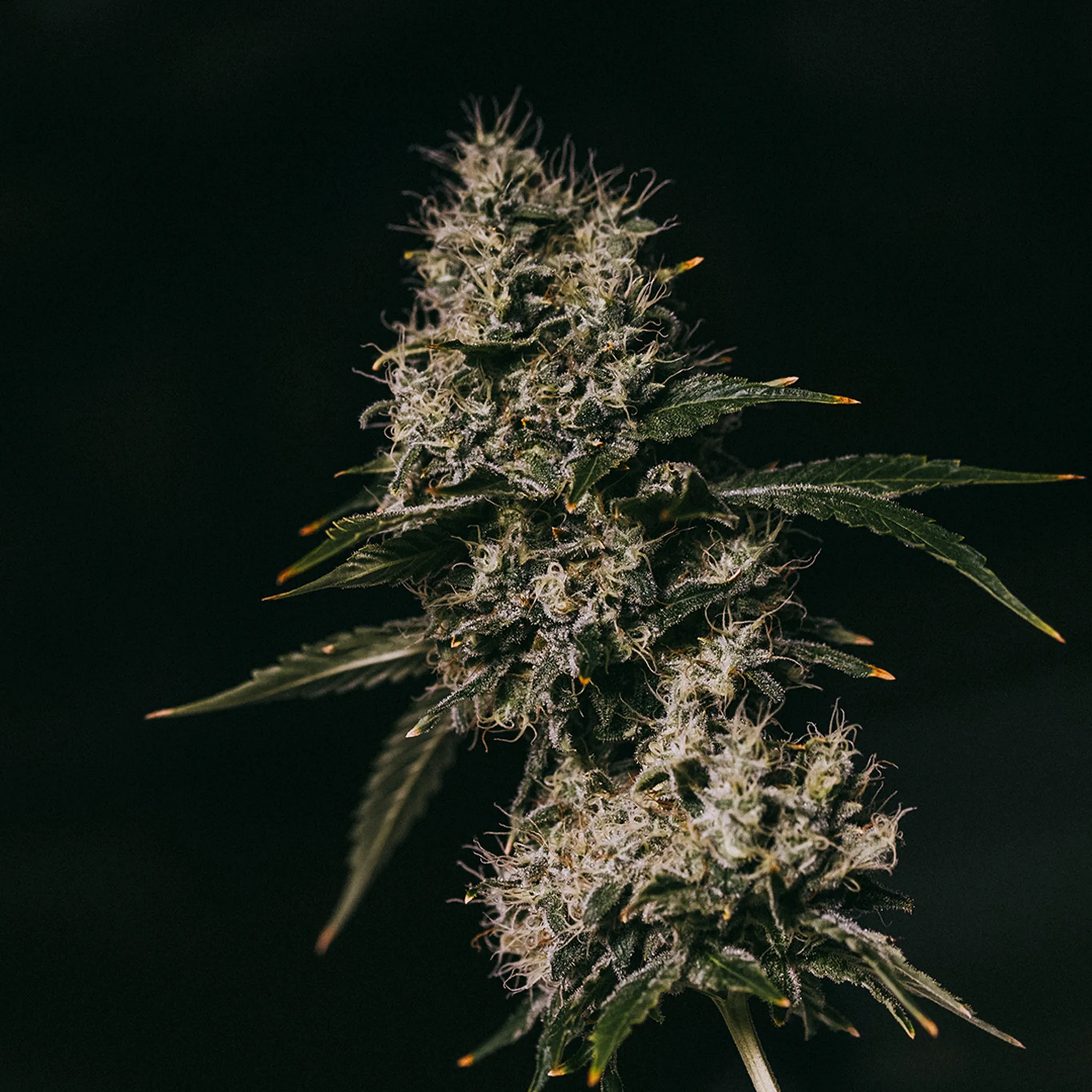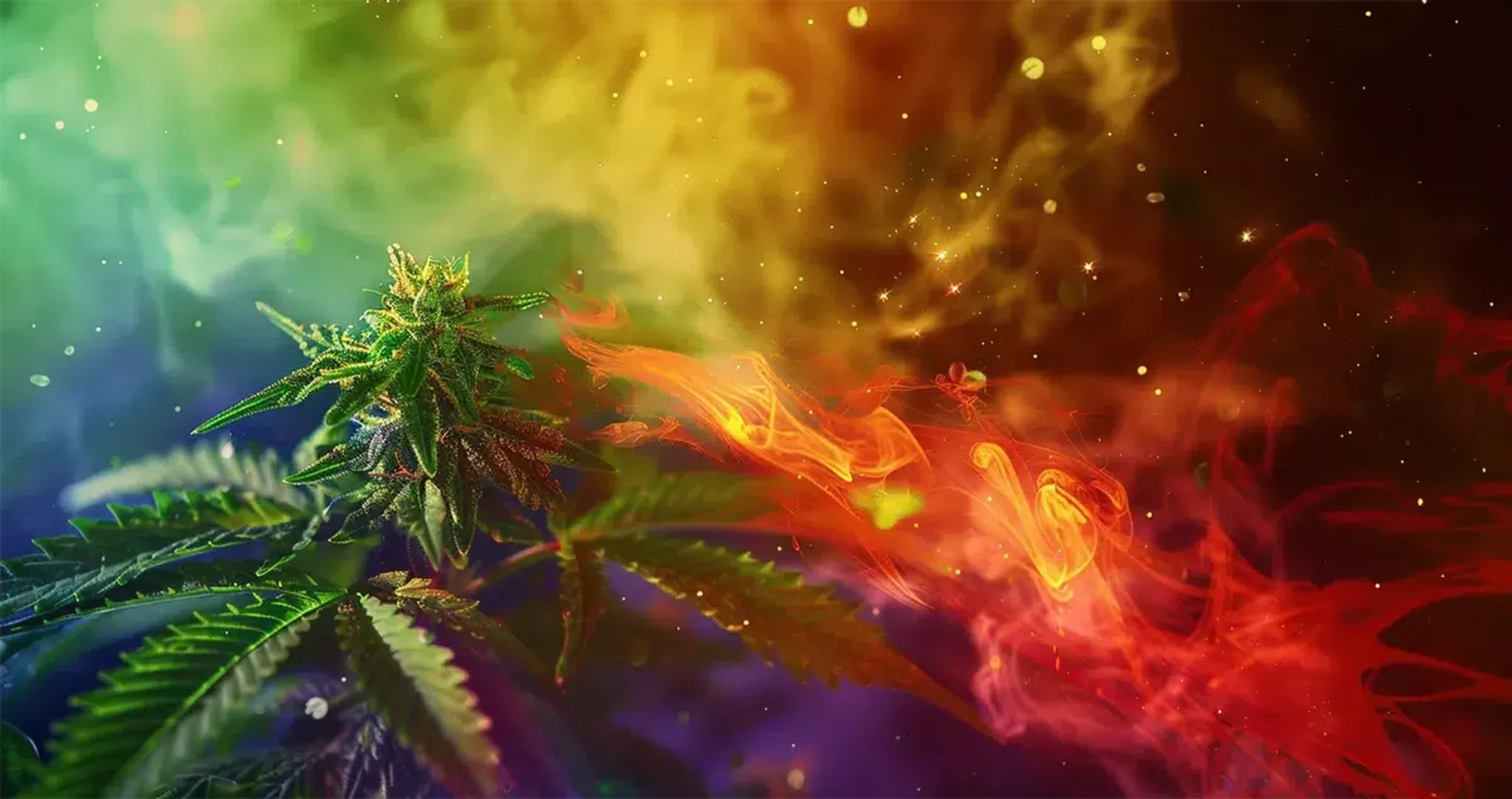
How Cannabis Works: Nature's Chemical Factory
If you’ve ever wondered why cannabis can make you feel so relaxed, uplifted, or even creative, here’s the scoop. The magic of cannabis comes from a mix of compounds—mainly cannabinoids and terpenes—that work together to give you that unique experience. But what exactly are these things, and why do they matter?
Table of contents
We’re about to dive into these terms so you can understand where the potency of cannabis comes from and how it impacts your body and mind. Remember – there’s a lot more to say about each of these individual molecules, not to mention how they react in combination with one another and within each person’s own body. Here, we won’t get lost in the weeds; let’s focus on the basics.
Too Long, Didn't Read
Cannabinoids: Active compounds that create effects. THC: Causes the "high. "CBD: Non-psychoactive, calming.
Terpenes: Aromatic compounds affecting smell, taste, and effects (e.g., limonene for energy, myrcene for relaxation).
Production: Made in trichomes as a natural defense against pests and UV rays.
Effects: Entourage effect—some cannabinoids and terpenes work together to enhance or balance effects.
Maximizing Production: Control the environment, use good lighting, provide nutrients, harvest at the right time, and dry/cure properly.
What Are Cannabinoids?
At its core, cannabis is packed with chemicals called cannabinoids. These are the compounds that interact with your body’s endocannabinoid system (yep, your body has a whole system just for interacting with cannabinoids). The two most well-known cannabinoids are THC (tetrahydrocannabinol) and CBD (cannabidiol), but there are over a hundred different ones, each playing its own role.
Our Bestsellers
What Is Cannabis Biosynthesis?
Cannabis biosynthesis is the process by which the plant produces cannabinoids and terpenes through a series of biochemical reactions. It starts with basic molecules that eventually convert into compounds like THC and CBD, with CBGA acting as a precursor to many other cannabinoids.
THC is the rockstar most people know about. It’s the one responsible for making you feel “high.” It’s psychoactive, meaning it alters your mood, perception, and behavior. When you’re feeling more relaxed or a bit euphoric, that’s the THC talking.
CBD, on the other hand, doesn’t get you high. Instead, it’s known for its calming and therapeutic effects. People turn to CBD for things like anxiety, inflammation, and even sleep issues.
But THC and CBD aren’t the only cannabinoids worth knowing about. Let’s introduce a few other players in the lineup:
CBG (cannabigerol): Often called the "mother of all cannabinoids," CBG is the precursor from which other cannabinoids are formed. While it’s usually present in much smaller amounts, CBG has its benefits. It’s known for its anti-inflammatory properties and may help with conditions like glaucoma and inflammatory bowel disease. CBG is also being studied for its potential antibacterial properties, especially against drug-resistant bacteria.
THCV (tetrahydrocannabivarin): Think of THCV as THC’s quirky cousin. While it shares some similarities with THC, it acts a little differently. THCV can produce psychoactive effects at high doses, but in smaller amounts, it’s more of a stimulator. It’s often called the “diet weed” cannabinoid because it’s been shown to suppress appetite rather than increase it, like THC does. THCV also has potential benefits for managing blood sugar levels and could be useful for people dealing with diabetes.
CBN (cannabinol): If you’ve ever heard someone say that older cannabis makes you sleepy, CBN is the likely culprit. CBN forms when THC is exposed to oxygen and starts to degrade, which is why older or poorly stored weed can feel more sedative. While CBN isn’t very psychoactive, some folks use CBN as a natural sleep aid or to help with pain relief.
Each of these cannabinoids interacts with your body in a slightly different way, which is why different strains of cannabis create different effects. Some people might find relief from pain with THC, while others prefer the non-psychoactive benefits of CBD or CBG. Meanwhile, THCV and CBN offer more niche effects, like appetite suppression or sleep support.
What Are Terpenes?
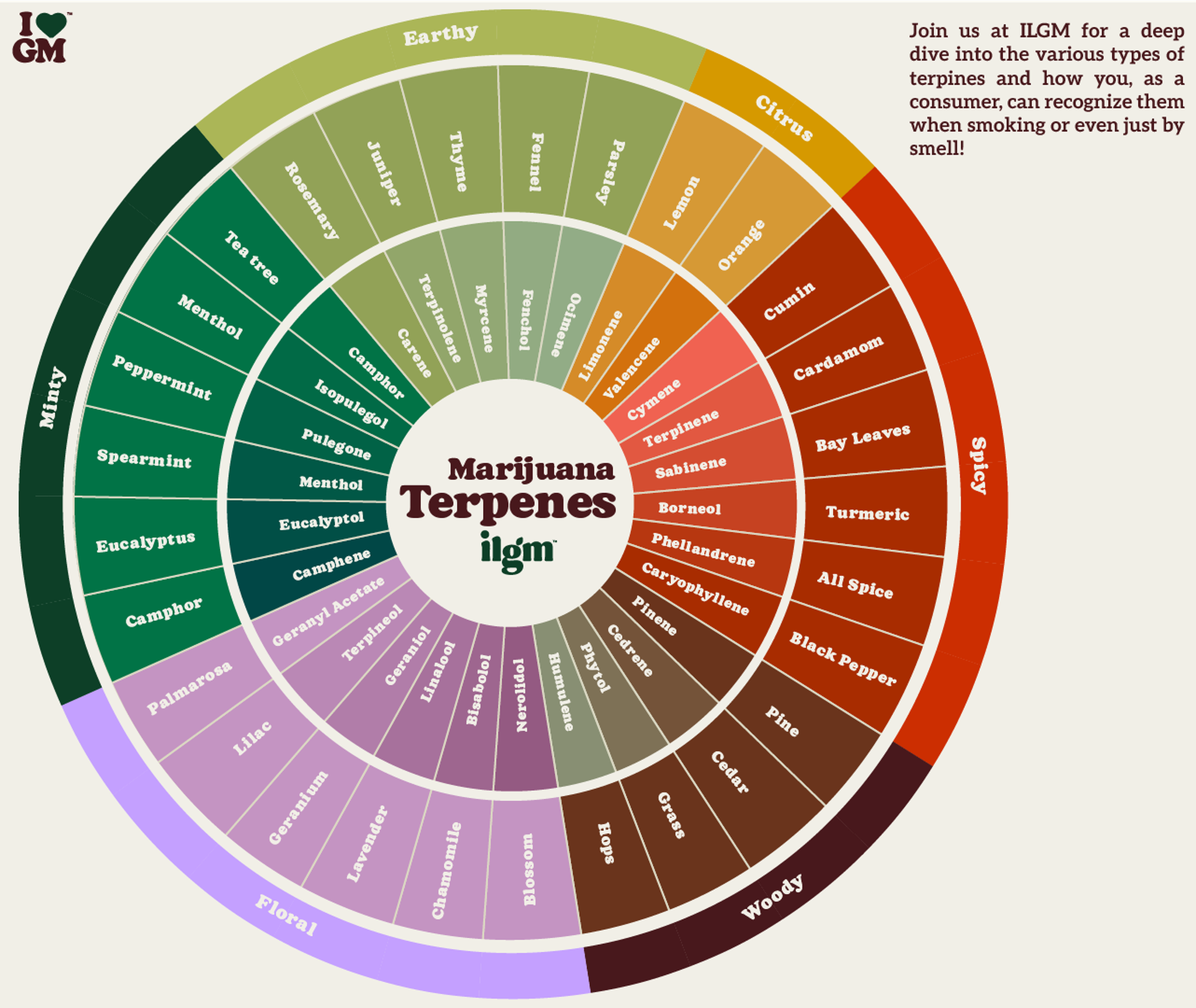
So, if cannabinoids give you the main effects, what about the smell and taste of cannabis? That’s where terpenes come in. Terpenes are a group of aromatic compounds found in many plants, but in cannabis, they’re particularly powerful. They don’t just give your bud its scent—they can also affect how you feel.
Each cannabis strain has its own unique mix of terpenes, which can either amp up or mellow out the effects of cannabinoids. Ever notice how some strains smell citrusy while others have more of a pine or earthy scent? That’s the terpenes at work.
Some common terpenes you might run into are:
Limonene: Citrus scent linked to uplifting, energetic effects. Great for boosting mood or creativity.
Myrcene: Earthy, musky aroma. Known for relaxing, sedative effects—often leads to a “couch-locked” feeling.
Pinene: Pine scent. Helps with alertness and focus, giving a more clear-headed high.
Terpinolene: Sweet, floral, or herbal aroma. Provides calming effects with a touch of mental clarity.
Nerolidol: Woodsy, fruity scent. Known for calming and sedative effects, often used for relaxation or sleep.
Of course, the list of terpenes in cannabis is much longer than this. These are just a few examples to give you a taste (or a sniff) of what’s out there. Each strain has its own unique blend of terpenes that contribute to its effects and aroma.
The Funk Doesn’t Stop There: An Honest Look Beyond The Terp
Fairly recently, studies have also shown that terpenes aren’t the only compounds responsible for the smell of cannabis. Volatile Sulfur Compounds (VSCs) are at play, too. VSCs give off that distinct, skunky or gas-like odor you might recognize in certain strains, adding another layer to the complex aroma profile of cannabis. Other molecules also add to the pungent scents associated with the more “savory”-leaning varieties.
Where and Why Are Cannabinoids and Terpenes Produced?
Cannabinoids and terpenes are mainly produced in the trichomes of the cannabis plant. Trichomes are those tiny, crystal-like structures that make your bud look frosty. These are essentially the plant’s natural defense system. In the wild, cannabis developed cannabinoids and terpenes to protect itself from predators and the environment. Cannabinoids can act as a shield from UV rays, while terpenes repel pests or attract beneficial insects.
From the plant’s perspective, these compounds are crucial for survival. But for us? They’re key to the effects we feel when consuming cannabis. That’s why growers put so much emphasis on maximizing these compounds—they’re what make cannabis so special.
Need Strong Plants?
What Are Their Effects?
Now that you know what cannabinoids and terpenes are, let’s talk about what they do together. This is where we start getting to know something called the entourage effect. The idea here is that cannabinoids and terpenes don’t work in isolation. They enhance each other’s effects when combined, giving you a more balanced and complex experience.
For example:
If you consume a high-THC strain with a terpene profile dominated by limonene, you might feel an energetic, creative high.
Meanwhile, high-THC strains with more myrcene can have a stronger onset, and could give you a greater sense of relaxation that’s perfect for unwinding.
Both of these terpenes help prevent the feeling of anxiety that some consumers get from THC when it is taken as an isolated compound (as in the pharmaceutical dronabinol, aka Marinol).
The relative amount of CBD and other cannabinoids in a certain type of cannabis also plays a role in the entourage effect. CBD is often credited with mellowing out the intensity of THC while still letting you enjoy its benefits, sometimes for longer. So, the effects you get aren’t just from the THC or CBD alone; it’s how they interact with terpenes and other cannabinoids in the strain.

A Quick Word About the Entourage Effect
The term "entourage effect" was first coined in the late 1990s by Israeli scientists Raphael Mechoulam and Shimon Ben-Shabat. It suggests that cannabinoids and terpenes work together to improve the plant’s effectiveness. There’s a lot of research supporting this theory, but more studies are needed to figure out how it works.
Some critics of the term say it’s hype because many advocates of cannabis have adopted it as a reason for promoting broad-spectrum extracts or whole-plant cannabis as medicine instead of looking for ways to isolate, identify, and control (including patenting) particular formulations.
How to Maximize the Production of Cannabinoids and Terpenes
If you’re growing your own cannabis, there are a few key things you can do to boost the production of cannabinoids and terpenes. After all, you want to get the most out of your plants, right?
Here are some tips:
Control Your Environment
Cannabis loves a stable environment. That means keeping your grow room at the right temperature (around 70-85°F) and humidity level. Too much heat or moisture can stress your plants, leading to fewer trichomes and, therefore, lower levels of cannabinoids and terpenes.Proper Lighting
Good light is essential for trichome production. If you’re growing indoors, invest in high-quality LED lights that mimic the sun’s spectrum. This will encourage the plant to produce more trichomes, which means more potency.Nutrients Matter
Like any plant, cannabis needs the right nutrients to thrive. However, giving your plants a nutrient boost in the flowering stage can really make a difference in trichome production. Look for organic fertilizers that promote healthy terpene and cannabinoid levels.Harvest at the Right Time
Timing is everything. Harvest too early, and your plants won’t have fully developed their cannabinoids and terpenes. Too late, and they may start to degrade. The best time to harvest is when the trichomes are cloudy with a few amber ones mixed in.Dry and Cure Properly
Once your buds are harvested, how you dry and cure them can impact their final cannabinoid and terpene levels. Slow drying and proper curing allow preservation of terpenes and prevent the breakdown of cannabinoids. This step is crucial if you want to fully enjoy those precious compounds.
Cannabis science bonus: What Are Chemovars?
Chemovars are different chemical varieties of cannabis, distinguished by their unique profiles of cannabinoids and terpenes. Within families of genetic “Cultivars” (a.k.a. “strains"), chemovars are identified by their even more specific effects and chemical composition. Knowing the chemovar helps predict how a particular cannabis plant will affect you based on its mix of active compounds.
You might hear about someone’s special version of a cultivar as “(So-and-so’s) Cut”, or as a numbered phenotype (e.g. Gorilla Glue #4, aka GG4, or Bruce Banner #3 or #5).
Final Thoughts
Understanding cannabinoids and terpenes is key to unlocking the full potential of cannabis. These compounds are responsible for not only how cannabis smells and tastes but also how it makes you feel. And while growing cannabis might seem like a science experiment at times, once you grasp the basics of these compounds, it all starts to make sense.
So, whether you’re consuming for the first time or growing your own plants, remember that it’s the combination of cannabinoids and terpenes that makes each strain unique. Keep an eye out for strains with the right mix for you, and if you’re growing, take those extra steps to maximize their production. Your plants—and your future self—will thank you.

Xavier Kief
Xavier Kief, a fierce cannabis advocate & educator, merges science & joy in cultivation. Expert in regenerative growing, mycology & activism
Continue Reading
You might also find these interesting.


